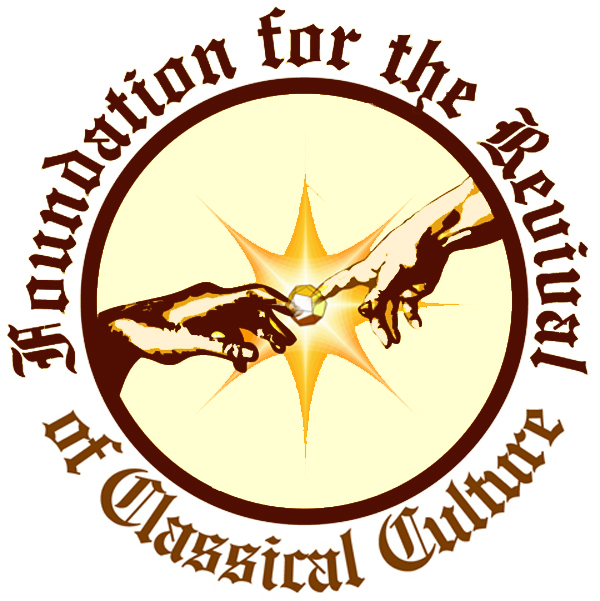DAILY DOSE of BEETHOVEN (November 16, 2020)
In previous posts, we discussed some of Beethoven’s folk songs that he composed from many nations. The bulk of these songs, numbering 179 in total, were from Irish, Scottish, English and Welsh folk songs, many at the request of the Scottish publisher and music collector, George Thomson.
In 1786 Scotland's national poet Robert Burns, collaborated with James Johnson to create the "Scots Musical Museum". Several editions were published, and by 1803 it grew to 600 folk songs, about a third of them contributed by Burns, who also edited the collection.
Burns also collaborated with George Thomson, on “A Select Collection of Original Scottish Airs”, published from 1793 to 1818, which adapted Scottish folk-songs with classical arrangements.
When Burns suggested that Thomson should publish arrangements of Irish melodies, he offered to supply the poetry for them. Thomson received melodies from friends in Ireland. Burns describes having to master singing the melodies in order to come up with the right poetry. He changed the music, and added to it, in conjunction with his poetry. Sometimes he was given only fragments, and made a complete melody from them. Thus, they are "songs" by Robbie Burns.
Robert Burns set poetry for some of the Irish tunes but died in 1796 at the age of 37. Thomson then secured words from several poets both known and unknown.
Thomson engaged composers such as Pleyel and Haydn, and contacted Beethoven in 1803. In 1809 Beethoven set the first tunes to music. Beethoven did complain to Thomson about not being supplied the texts, arguing that he could not compose properly without them, as Thomson added them after the compositions are finished. While the texts supplied by Thomson are often seen as substandard, it may not be entirely Thomson's fault. The poetry may have been written after the musical compositions were completed.
Burns wanted fiddle and guitar (or cittern) accompaniment. Thomson wanted more art song-like settings that uses piano.
Beethoven's settings are ingenious in that the parts for cello and violin are independent, and add to the music. But they also work with just piano. Thomson complained that Beethoven's piano parts were too difficult, and asked him to recompose them. Beethoven retorted:
“I am not accustomed to retouching my compositions; I have never done so, certain of the truth that any partial change alters the character of the composition. I am sorry that you are the loser, but you cannot blame me, since it was up to you to make me better acquainted with the taste of your country and the little facility of your performers.”
Despite his seemingly surliness, Beethoven's dedication to the project was intense. Sending these consignments back and forth from Edinburgh and Vienna when the Napoleonic wars were at their height proved to be immensely difficult. Beethoven originally sent three copies by different routes and then another a year later. None reached Thomson until about July 1812 and when it finally did, it appears to have been sent via Malta! Beethoven later found that sending shipments to Edinburgh via Paris proved to be the most effective route. The most difficult link in the chain was the English Channel. The only way of sending consignments at the time was to enlist the aid of smugglers.
Why did Beethoven devote so much of his energies to these settings? Barry Cooper, a world authority on Beethoven, rejects financial gain as Beethoven’s motive, to say “he was tapping into the immortality of time-honoured songs from the past, so as to create with Thomson a folk song monument for future generations.”
FOLK SONG FOR INSTRUMENTS
The Ten National Airs with Variations for Flute and Piano, Op. 107, were composed by Beethoven between 1818 and 1819 and published in 1819. These were one of several sets of compositions that Beethoven wrote that are folk-derived, and they were some of the last compositions written for George Thomson.
The first of the ten sets of variations uses an Alpine air (E flat), "Ich bin a Tiroler Bua".
The second set uses the Scottish "Bonny Laddie, Highland Laddie".
The third set uses "Volkslied aus Kleinrussland", a Ukrainian dance, as the main theme.
The fourth set employs the popular "St. Patrick's Day."
The fifth set, "A Madel, ja a madel", includes great difficulty for both instruments.
The Sixth set resembles (in mood), Beethoven's Sixth Symphony ("Pastoral").
In the seventh set, Beethoven uses a popular Ukrainian tune “Ikhav Kozak za Dunaj” known in Germany as "Schöne Minka."
The eighth set uses the five variations on "O Mary, at thy Window be". They are solidly conceived and quite inventive.
The ninth and tenth sets are based on a Scottish tune, "O, Thou art the Lad of my Heart", and a march, "The Highland Watch."
The musical settings are simpler than Beethoven’s other compositions, especially in light of the fact that these were written just before his “Diabelli Variations”, which were composed between 1819-1823. Nonetheless, the music is delightful, and some of the variations tends toward brilliant, with piano part that echos some of his late piano sonatas.
Here are eight of them with score from an unknown LP:
